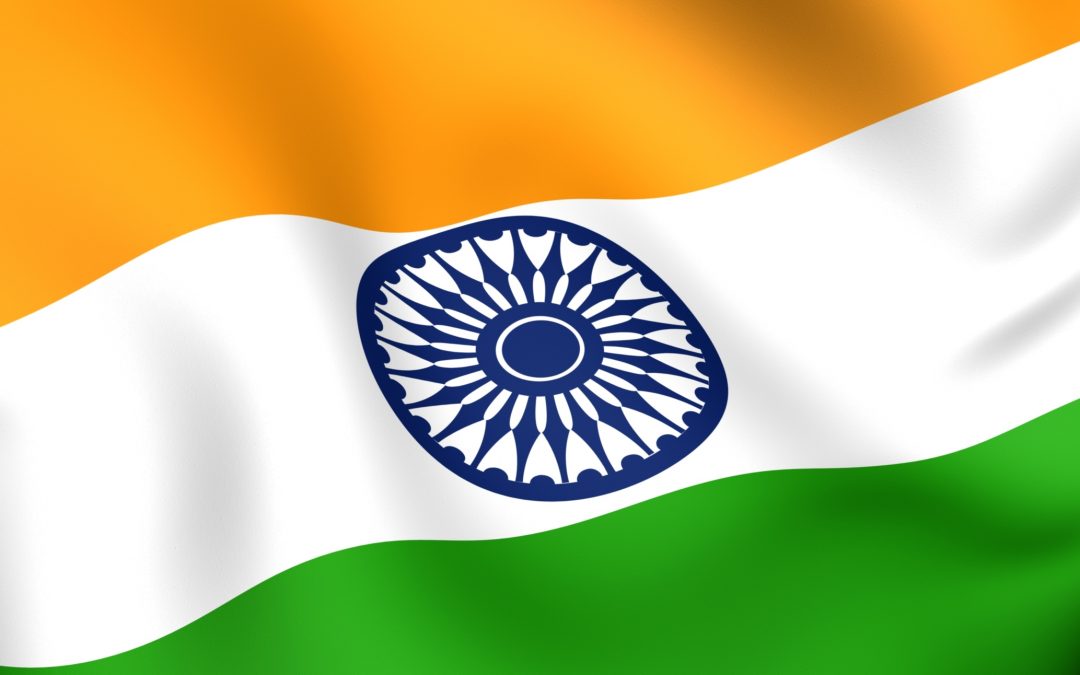Indian shoppers walk through a mall in New Delhi. CEBR has suggested that in the current fiscal, India’s growth is expected to be 6.8 per cent, despite rising key rates and falling global demand. – AFP file
India seems “unstoppable” in its momentum to become the third economic superpower and touch the $10 trillion mark by 2035, according to the Centre for Economics and Business Research (CEBR).
The British consultancy has predicted that India would remain one of the fastest-growing major economies for the next 14 years to emerge as the third-largest global economy from the current fifth spot.
Over the next five years, India’s annual rate of GDP growth is expected to average 6.4 per cent, after which growth is expected to average 6.5 per cent in the subsequent nine years, the consultancy said in its annual World Economic League Table.
The global economy surpassed $100 trillion for the first time in 2022 but will stall in 2023 as policymakers continue their fight against soaring prices. And by 2037, the world gross domestic product will double as developing economies will catch up with the richer ones, CEBR said.
The shifting balance of power will see the East Asia and Pacific region account for over a third of global output by 2037, while Europe’s share shrinks to less than a fifth. On the other hand, the global economy will face a recession in 2023 mainly due to rises in interest rates by the central banks to arrest higher inflation.
The consultancy has suggested that in the current fiscal, India’s growth is expected to be 6.8 per cent, despite rising key rates and falling global demand.
CEBR further said that India had an estimated PPP (purchasing power parity)-adjusted GDP per capita of $8,293 in 2022, categorising it as a lower middle-income country. PPP GDP is gross domestic product converted to international dollars using purchasing power parity rates.
The report noted that though agriculture employs a majority of India’s labour market, it is the services sector that drives the country’s economic activity.
The Reserve Bank of India has cut its FY23 GDP growth rate forecast to 6.8 per cent from 7.0 per cent earlier. The RBI governor said that the Indian economy remains resilient and the country is seen as a bright spot in a gloomy world.
The International Monetary Fund has slashed India’s GDP growth projection for 2022-23 to 6.8 per cent from the earlier 7.4 per cent, citing the impact of a slowing global economy, stubborn inflation, rising interest rates, and Russia’s attack on Ukraine. “The outlook for India is for growth of 6.8 per cent in 2022 — a 0.6 percentage point downgrade since the July forecast, reflecting a weaker-than-expected outturn in the second quarter and more subdued external demand — and 6.1 per cent in 2023, with no change since July,” according to IMF’s World Economic Outlook.
However, a World Bank report said India is projected to be one of the fastest-growing major economies. The slowdown in emerging economies could also position India as an attractive alternate investment destination. In its India Development Update, the Washington-based lender has upgraded the forecast for the Indian economy to 6.9 per cent from 6.5 per cent earlier in the current fiscal year, citing the economy’s relative resilience to external headwinds, and “a strong out-turn” in the second quarter of the current financial year.
This revision in its FY23 GDP forecast comes two months after the Bank had cut India’s FY23 GDP forecast to 6.5 per cent from 7.5 per cent in an October update, which came in the wake of a series of growth downgrades by rating agencies, investment banks and other multilateral institutions.
The CEBR report said output growth is expected to ease in the fiscal year 2023-24, with an estimated growth of 5.8 per cent. Annual inflation in India has exceeded the target in 2022, at 6.9 per cent, thereby above the RBI’s tolerance band upper margin of 6.0 per cent, according to the report. The report also stated that inflation in India had been lower than in most other large economies as inflation in the country remains both closer to its target range, and to the previous decade’s average of 5.8 per cent than in many other countries. Moreover, much of India’s current inflation rate reflects higher food prices, an erratic item but one that also accounts for a larger share of the consumer basket than in any other G20 country, CEBR said in the report.
According to CEBR, higher borrowing costs will weigh on public debt, especially on top of expanded infrastructure spending and targeted fiscal measures. The report said government debt currently stands at 83.4 per cent of GDP, with a high fiscal deficit amounting to 9.9 per cent of GDP in 2022 and added that fiscal consolidation would eventually be necessary to ensure that debt levels do not destabilise the economy.
Source: Hellenic Shipping News





